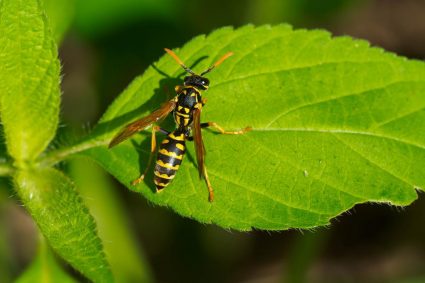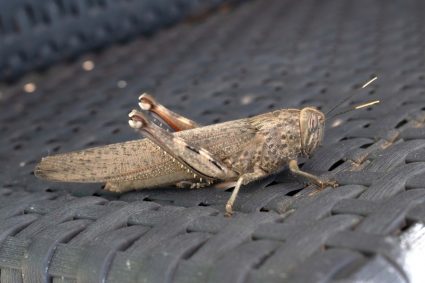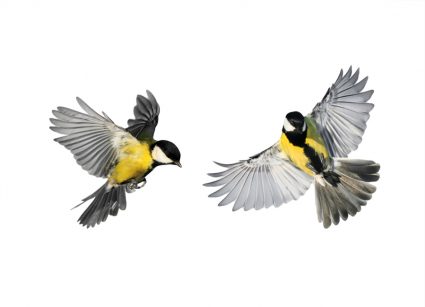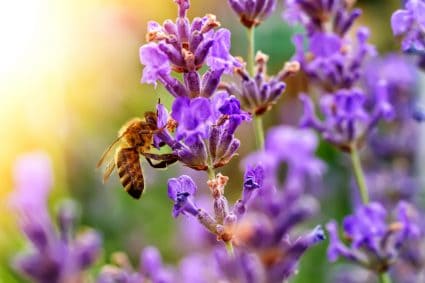
Hawks are majestic creatures with incredible hunting skills, but their presence can be a threat to smaller animals, especially those in your backyard or farm. Understanding how to deter these birds using color can be an effective way to protect your animals. This article will delve into the colors that deter hawks and provide practical ways to use this knowledge.
The primary color known to deter hawks is orange. Hawks have exceptional eyesight, and the bright, conspicuous color is easily visible to them. However, using orange as a deterrent should be part of a comprehensive approach that includes other deterrence methods such as providing cover and securing feeding areas.
The Color That Deters Hawks
The primary color known to deter hawks is orange. Hawks have exceptional eyesight, and the bright orange color is easily visible to them. Using orange-colored wire or netting around your animal’s enclosure can act as a visual deterrent. However, relying solely on color to deter hawks may not be sufficient. It’s essential to implement additional measures such as providing a covered run, installing predator decoys, and securing the feeding area.
The Science Behind Color Deterrence
Hawks, like other birds of prey, have exceptional color vision that helps them detect, pursue, and capture prey. A study on birds of prey attacking stuffed birds found that hawks were more likely to attack camouflaged birds than conspicuous ones. This suggests that conspicuousness might signal unprofitability to the predator, deterring them from attacking.
However, environmental conditions, such as darkness, can affect a bird’s ability to detect colors. Birds detect avian predators less efficiently under darker conditions. Therefore, utilizing bright colors like orange during the day can be an effective strategy.
Factors Influencing Hawk’s Reaction to Colors
Several factors influence a hawk’s reaction to colors, including their visual acuity, color vision, and environmental conditions. Hawks can perceive a broader range of colors than humans due to their four types of color receptors. This enhanced color vision helps them detect prey that may blend in with their surroundings. Environmental factors, such as ambient light, can also affect a hawk’s ability to detect colors.
Practical Applications of This Knowledge
In both urban and rural settings, understanding the colors that deter hawks can be helpful. For instance, if you’re a bird watcher looking to attract a variety of birds to your backyard without attracting hawks, using orange bird feeders or bird houses might help. If you’re a farmer looking to protect your chickens, using orange netting or fencing can be an effective deterrent.
Hawk’s Natural Predators
Understanding the natural predators of hawks might also help in deterring them. Some common predators of hawks include larger hawks, eagles, owls, raccoons, foxes, snakes, bobcats, and coyotes. Installing decoys of these predators can scare off hawks.
Conclusion
While the color orange has been identified as a potential deterrent for hawks, it’s important to note that this strategy should be used in conjunction with other deterrence methods for the best results. Protecting your animals from hawks involves a comprehensive approach that includes using colors, providing cover, and securing feeding areas. By implementing these strategies, you can create a safer environment for your animals.
Frequently Asked Questions
Why are hawks attracted to certain colors?
Hawks are attracted to colors that blend well with the environment, making their prey less conspicuous. This is because their exceptional color vision helps them detect prey that may blend in with their surroundings, aiding their hunting strategy.
Can hawks see all colors?
Yes, hawks have four types of color receptors (compared to humans who have three), enabling them to see a broader range of colors. This enhanced color vision aids them in hunting by helping them detect prey that may blend in with the environment.
What other methods can I use to deter hawks?
Other than using colors to deter hawks, you can provide a covered run for your animals, install predator decoys, secure the feeding area, and use sound deterrents. It’s crucial to implement a comprehensive strategy for the best results.
Can hawks see colors at night?
Hawks, like most birds, have less efficient color vision under darker conditions. Therefore, the use of bright colors to deter hawks is most effective during daylight hours.
How effective are predator decoys in deterring hawks?
Predator decoys can be quite effective in deterring hawks if used correctly. Hawks naturally avoid larger predators such as eagles, owls, and larger hawks, so placing decoys of these animals can help keep hawks away. However, moving the decoys around periodically is critical, as hawks may eventually realize they aren’t real if they remain stationary.












